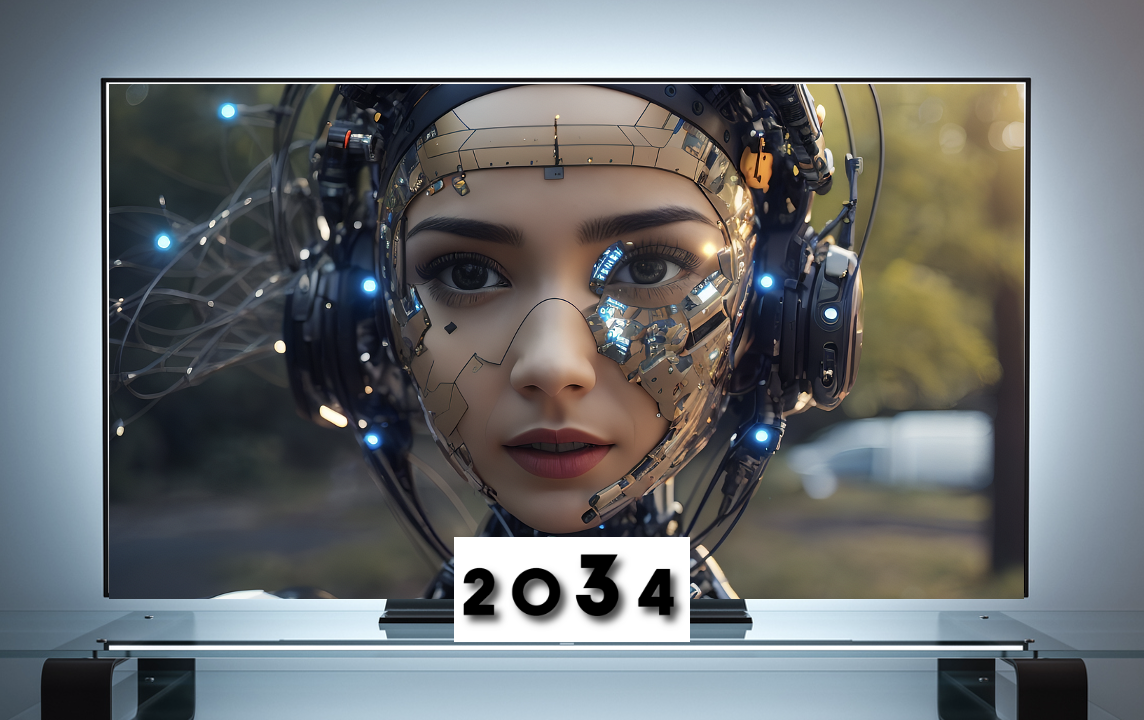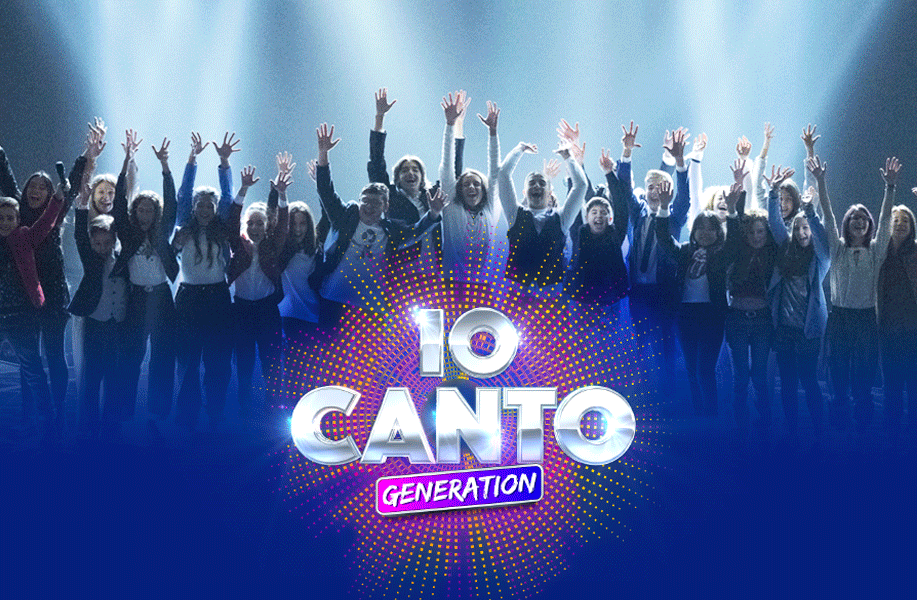At an operational level, the production of 'human' content is largely done 'the old-fashioned way', with human professionals writing, producing and editing the content (albeit largely using AI tools to make their work faster and more efficient). This is due to legal or self-regulatory provisions in the sector: big players are obliged to use a high percentage of 'human' professionals in their productions in order to protect the audiovisual sector, which would otherwise risk becoming the preserve of softwares alone in the not too distant future (by 2034).
But that is not the only reason. Audiovisual contents with a 'high degree of humanity' use in their shows strictly real - not virtual - contestants, participants and protagonists. The result is that the content of this group is, on the whole, similar to that of today. Indeed, in contrast to those of the other group, the 'H FACTOR' is emphasised even more than today.
The unscripted programmes are dominated by ‘warm shows’ - highly emotional formats and factuals - and, in general, programmes in which the human factor makes all the difference. The content of this group therefore satisfies 4 basic human needs which, not by chance, have been the ‘reservoirs’ of unscripted programmes since the birth of television: to play, to be emotional, to laugh, to be informed.
In short, these audiovisual products, despite their diversity, are ‘made by humans for humans’, and the ‘H FACTOR’ is enhanced and emphasised in every way and at every level. The content of this group could even be labelled with a 'quality H label' like bio products ('RHC: Real Human Content'). But maybe I am going too far... ; ).
On the other hand, the content of the second group (which is the majority and is growing, although not as fast as one might have expected) is almost exclusively produced by AI tools, which preside over all stages of production, from creation to the finished product, in which no human beings are involved, only virtual characters. Increasingly powerful software - controlled by only a few technicians - creates an impressive amount of content for all kinds of platforms on a daily basis to satisfy the enormous hunger of the 'digital jam' for media consumption.
Unable to rely on the 'H Factor', these audiovisual products (which have now reached an impressive level of realism) rely entirely on constant innovation and interactivity, which is reaching unprecedented levels. Users can create their own versions of the content, intervening in real time on the content itself (changing the ending or the whole plot); they can change the characters of the show (scripted or unscripted), putting themselves in the role of the protagonists and any other person they want in all the other roles (the girlfriend as co-protagonist, the obnoxious neighbour as antagonist...), thus literally personalising any type of audiovisual product. And much more.
This type of content will therefore increasingly undergo a process of ‘gamification’, even if the traditional ‘passive’ viewing of this type of programme (which is shorter on average than the previous group) will continue to be widely practised (we are lazy creatures after all...), even by the younger target group, which sometimes does not hesitate to watch the content of the first group as well.
In conclusion, in ten years' time, digital fragmentation will be complete, but not all content will be completely revolutionised by AI, and in fact a significant proportion of audiovisual products will tend to move away from it, returning in some way to their origins. Nevertheless, as mentioned above, more and more powerful AI tools will be used at every level of production, and, as far as our industry is concerned, this is not without consequences.
In 10 years' time, at any rate, this divide will become thinner and thinner, with more and more hybrid content, where the human and the virtual will now merge. And what will happen then is anyone's guess…
To read the other news about a format from a meme and all the shades of the Bachelor go to https://cmmespresso.substack.com/p/television-2034-the-content-of-future
SUBSCRIBE to FORMATS & FACTUALS' most followed indie FREE NEWSLETTER by clicking on ESPRESSO













